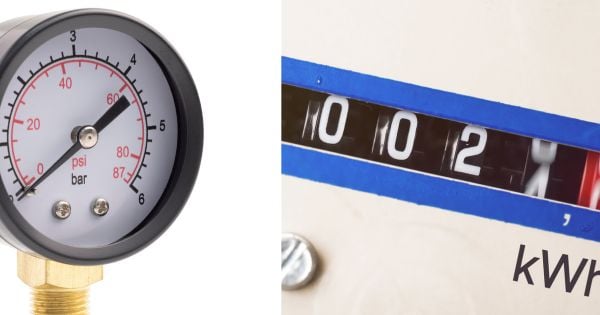Motor range Choose my motor Motor why modec ?
18 March 2024
Motor range Choose my motor Motor why modec ?
In the field of automation, , the decision between pneumatic and electric systems may seem trivial, but it can have a significant impact on overall performance.
This distinction is not as straightforward as it seems, and a poor decision can lead to mediocre productivity or compromised safety.

Manufacturers frequently boast electric systems as having efficiencies exceeding 80%, while compressed air is generally considered less efficient. However, operational experience reveals variability in the efficiency of electric systems, especially during frequent cyclic operations in the industry.
Thus, the choice between pneumatic and electric depends closely on the specific characteristics of each application.
Simple movement tasks may benefit from electric systems, but for operations requiring sustained effort, pneumatic systems may prove more effective.
Criteria such as effort, load capacity, speed, acceleration, cycle time, power-to-weight ratio, precision, system rigidity, safety, and robustness all need to be considered before making a final decision.
For applications requiring short strokes with significant effort and prolonged holding under load, the ideal solution would be to opt for pneumatic technology. The latter offers advantageous performance in situations where significant force must be maintained for an extended period.
Conversely, if the application involves a long stroke, low holding force, and a short duration under load, electric technology might be more suitable.
A thorough understanding of the application is essential.
Various parameters need to be considered before choosing the appropriate technology. Whether pneumatic or electric, each choice must align with the specific needs of the operation.
There is no single solution to optimize the performance of automated systems. Both pneumatic and electric systems have their place, and the decision should be based on a thorough analysis of specific needs, such as:
Assessing the specific needs of the application, such as operating speed, precision, and the availability of compressed air or electrical power, to determine which type of actuator is best suited.
Comparing the reliability features and maintenance requirements of pneumatic and electric actuators to choose the one that offers the best balance between performance and maintenance costs.
Taking into account environmental conditions such as humidity, dust, or extreme temperatures to determine the necessary resistance and durability of the actuator in each case.
+ 33 (0) 4 75 40 27 15
sales@modec.fr
ZI Sirius Quatre
80, allée René Higonnet
26760 Beaumont-lès-Valence, FRANCE
© Tous droits réservés - Modec - Création : ARKOD